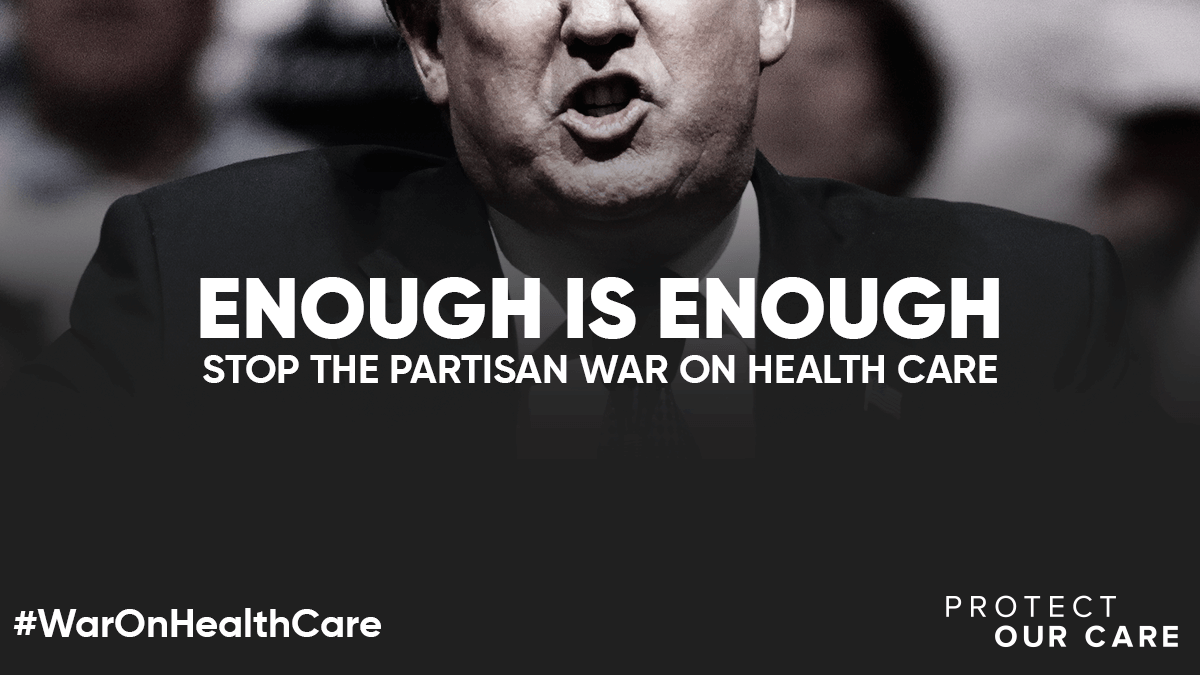SOTU Excerpts On Drug Prices: Same Exact Promise As Last Year, Expect the Same Inaction

Trump's pledge on lowering prescription drug prices looks familiar... “It is unacceptable that Americans pay…
Sean EnglandFebruary 5, 2019

